11 Mistakes to Avoid When Buying Vintage Accessories
When shopping for vintage accessories, it’s easy to get excited about finding a unique piece, but there are common pitfalls that can lead to disappointment or overpaying. Whether you’re new to collecting or an experienced enthusiast, being aware of these key mistakes can help you make smarter purchases. From ensuring the item’s condition to understanding its value and fit, paying attention to these details will ensure your vintage finds enhance your collection and style.
This post may contain affiliate links, which helps keep this content free. Please read our disclosure for more info.
Not Focusing on Condition
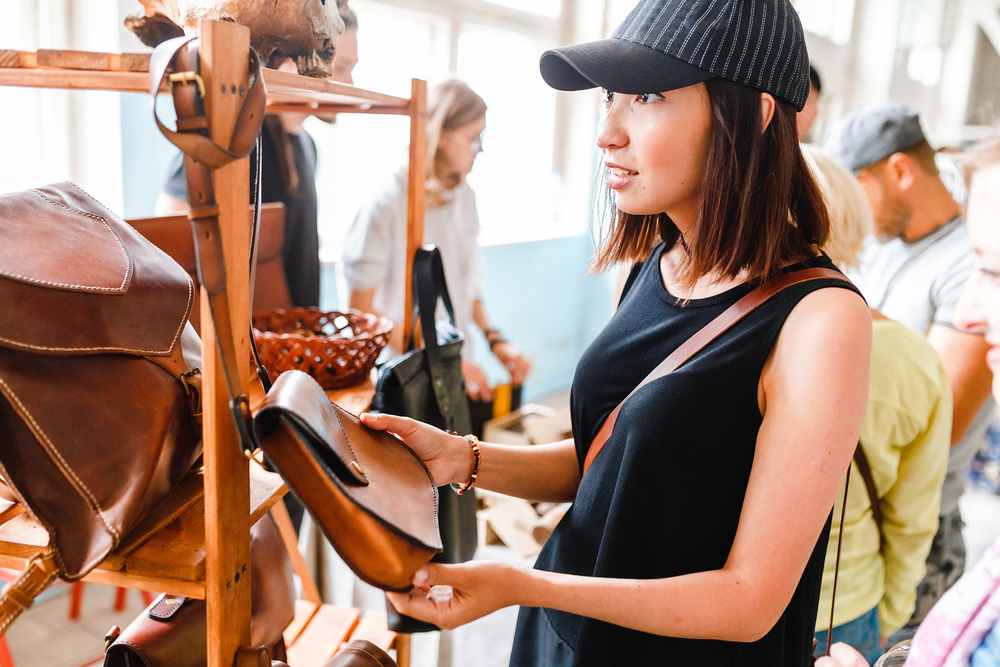
When purchasing vintage accessories, one of the most critical aspects to consider is the condition of the item. Vintage accessories often come with wear and tear due to their age, and while some signs of aging can add to their character, others can detract from their value. It is essential to inspect the accessory for any damage, such as scratches, dents, discoloration, or broken elements. These imperfections may be easily overlooked in the excitement of buying something unique, but they can significantly affect both the appearance and the price of the item.
When in doubt, always ask the seller for a detailed description of the accessory’s condition or request close-up photos that highlight any wear. If the piece shows significant damage, ask if it can be repaired or restored before making a purchase. Buying a vintage item in poor condition can leave you with a piece that is either difficult or expensive to restore, or even worse, it might not have any value at all.
Overlooking Provenance
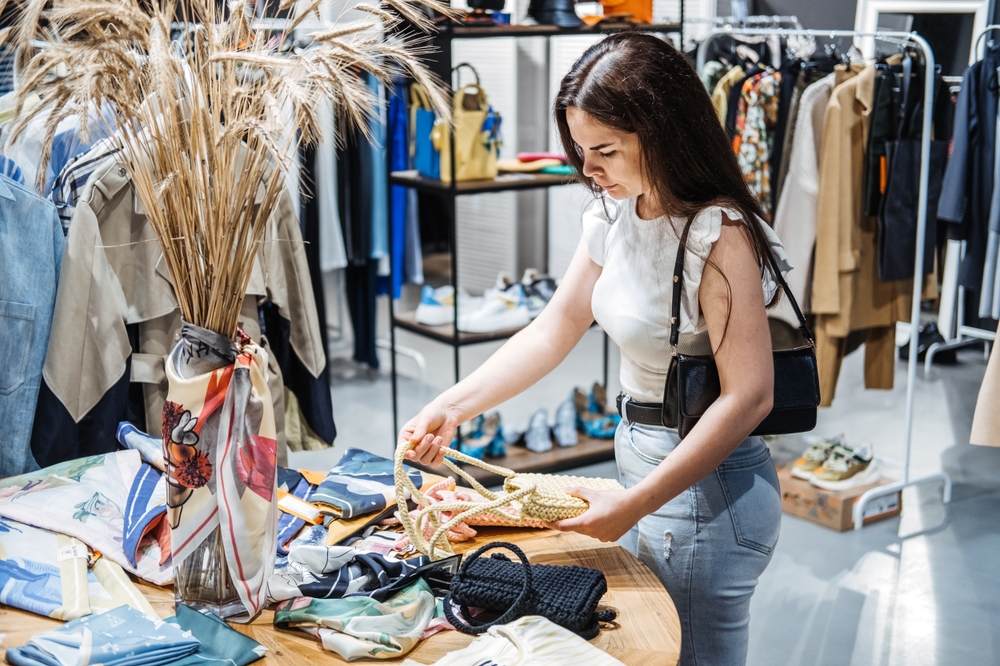
Provenance, or the history of an item, can play a major role in the value of vintage accessories. Accessories from well-known designers or those that have a story behind them, such as being owned by a famous individual, tend to hold more value than a similar piece without such a history. If you overlook provenance, you may miss out on a rare opportunity to own a truly iconic item that not only adds to your collection but could also appreciate over time. For example, vintage Chanel bags or jewelry pieces with a verified history are much more valuable than generic ones with no clear origin.
Before making a purchase, ask about the provenance of the accessory. Seek information about its designer, past ownership, or any significant events tied to the piece. Accessories with solid provenance are often a good investment and are more likely to retain or increase in value, making it important not to disregard this element when shopping for vintage treasures.
Ignoring Personal Style
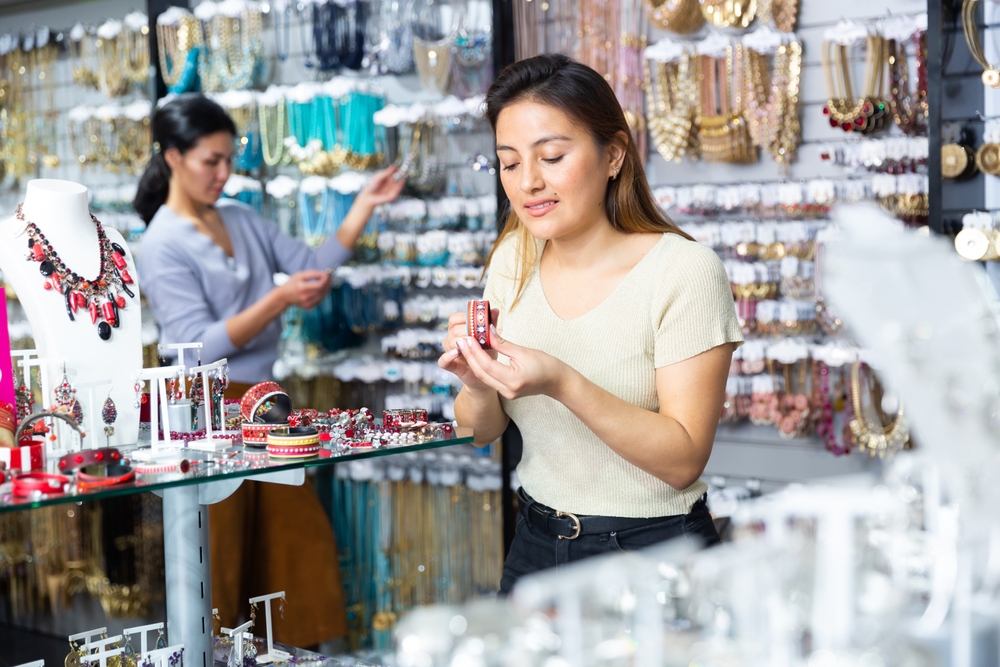
It’s easy to be drawn to trendy vintage pieces, especially with the current fashion cycles constantly recycling past trends. However, it’s important to remember that vintage accessories should align with your style, rather than just following what is popular at the moment. A piece may be fashionable now, but if it doesn’t complement your wardrobe or reflect your tastes, it may sit unused in your closet for years. Focus on finding pieces that are timeless and versatile, or those that speak to your aesthetic, rather than making a purchase based purely on current trends.
When shopping for vintage accessories, take time to think about how the piece will fit into your everyday style. Consider colors, textures, and shapes that you genuinely enjoy wearing. Not only will this help you make a more thoughtful purchase, but it will also ensure that you are investing in pieces that will remain relevant and appreciated in your collection for years to come.
Not Researching the Brand or Designer

Another common mistake when buying vintage accessories is neglecting to research the brand or designer behind the piece. Certain brands and designers have a lasting reputation for creating high-quality, valuable items that increase in worth over time. If you fail to do your research, you might end up with a piece that is not as valuable as it appears or might even be a replica. Identifying key designers, such as Yves Saint Laurent, Gucci, or Louis Vuitton, ensures that you are buying an item with both historical and monetary significance.
Before making a purchase, take the time to learn about the designer’s history, the brand’s signature styles, and any specific marks or stamps used to authenticate pieces. If the item is from a lesser-known brand, it is still essential to ensure its authenticity by asking for proof of origin or comparing it to other similar pieces online or in antique stores. Doing this research will protect you from purchasing an accessory that lacks the value or quality you expect.
Relying Too Much on the Seller’s Claims
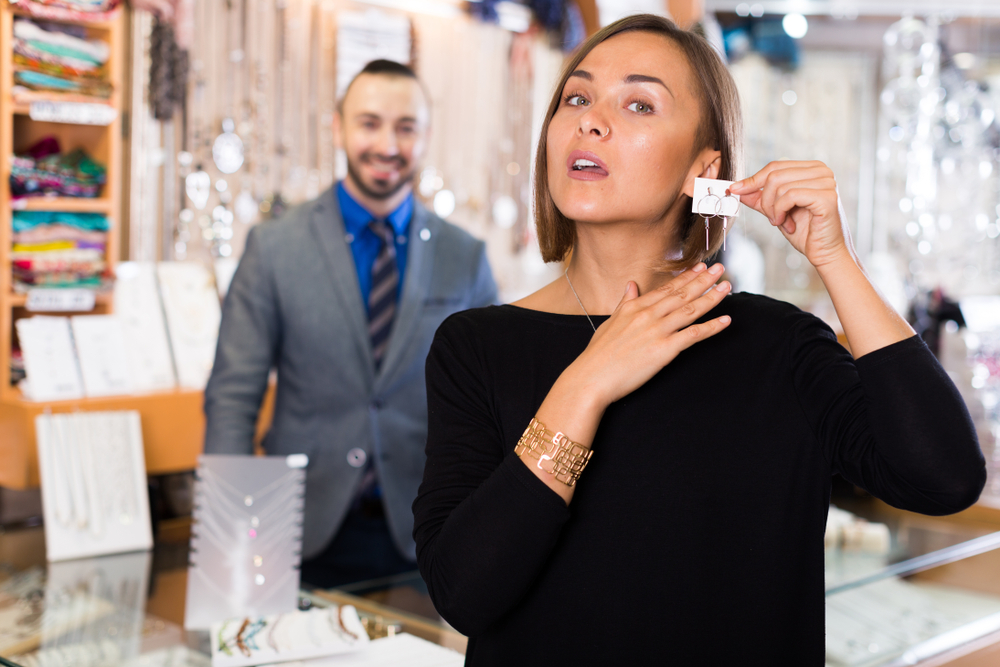
While most sellers are honest and knowledgeable, some may exaggerate or make vague claims about the vintage accessory to make a sale. It is essential not to rely solely on what the seller tells you about the piece. Instead, take matters into your own hands by conducting your research on the item, asking for proof of authenticity, or seeking expert advice if necessary. Don’t be afraid to request additional photos or even a certification of authenticity if the item is expensive or from a well-known brand.
Always take the time to verify the details before committing to a purchase. If the seller cannot provide sufficient information or documentation, it might be best to walk away. Overestimating an accessory’s value due to vague or unverified claims can leave you with an item that doesn’t meet your expectations or its supposed worth.
Failing to Consider the Cost of Maintenance
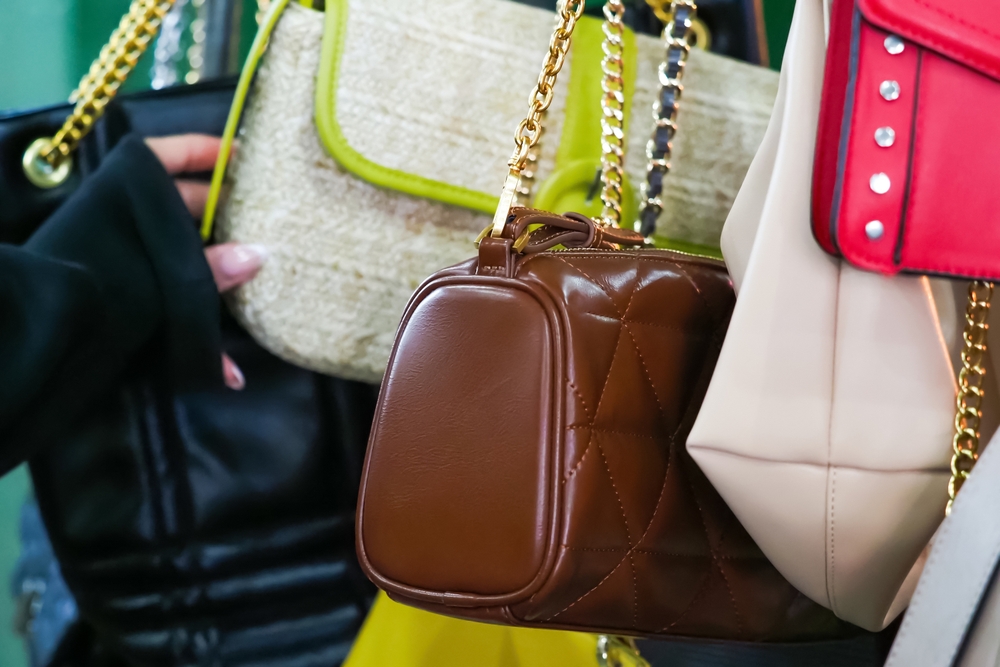
Vintage accessories, especially those made of delicate materials such as leather, fabric, or precious metals, often require more care and maintenance than modern pieces. A common mistake is not considering how much effort and money will go into maintaining the piece over time. For example, vintage handbags may need special cleaning, conditioning, or repairs to ensure they last for years. Similarly, vintage jewelry might require periodic inspections or even resetting of stones.
Before buying, ask about the necessary upkeep for the accessory and whether it fits within your budget. While some maintenance is expected with vintage items, knowing how much it will cost and how often it will need attention can help you make a more informed decision. If you are not willing to invest in upkeep, it might be wise to choose a piece that is easier to care for.
Not Asking About Return Policies
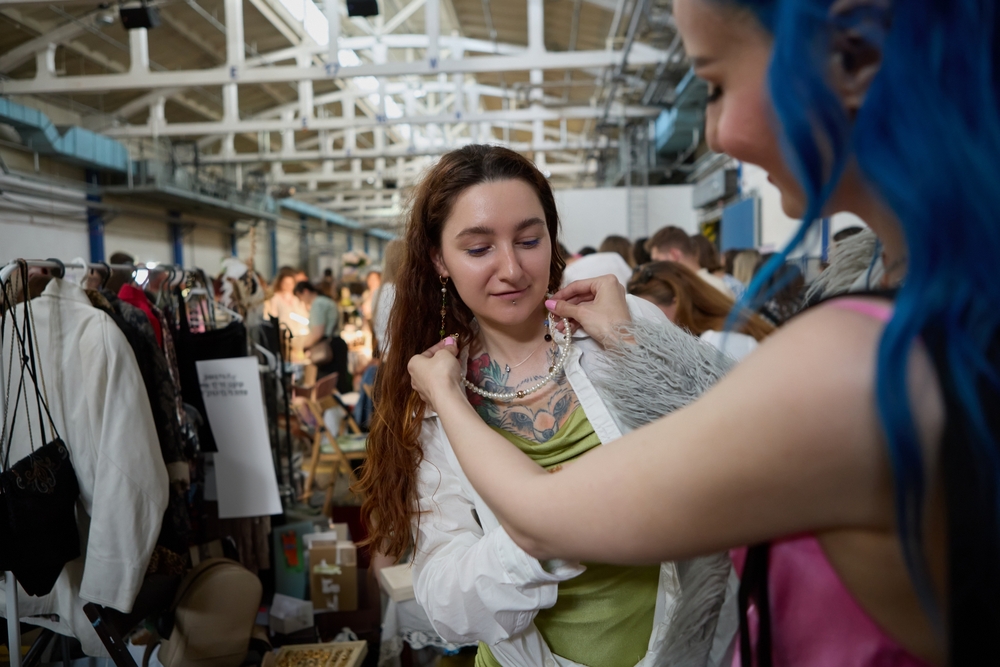
One mistake that many buyers make when purchasing vintage accessories is not inquiring about the seller’s return policy. Vintage pieces can sometimes have hidden issues that only become apparent after purchase, especially when it comes to unique or rare items. Without a return policy, you might be stuck with a purchase that is not as described or has unforeseen flaws. While many sellers offer a no-return policy, some might allow for returns or exchanges within a certain time frame.
Before making a purchase, ask the seller about their return and exchange policies. A trustworthy seller should be upfront about their policy, and this transparency can give you peace of mind. If a seller does not provide a return option, it may be a red flag, and it might be better to reconsider the purchase.
Buying Impulsively Without Negotiating
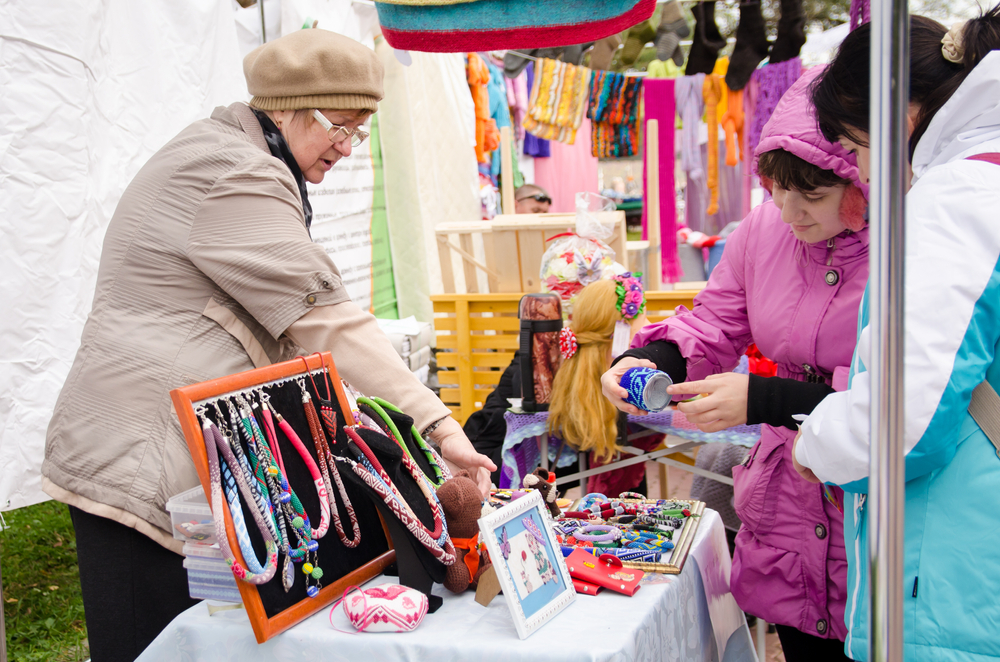
It can be easy to get excited about a vintage accessory, especially when you come across a rare or sought-after item. However, buying impulsively without negotiating the price can lead to overspending. Vintage items can often be found at prices lower than their original asking price, especially if you take the time to ask for a discount or search for alternative options.
Before agreeing to the listed price, take a moment to consider whether it is reasonable based on the item’s condition, rarity, and market value. If the seller is firm on the price, be prepared to walk away and look for other opportunities. Sometimes, waiting or negotiating can result in a better deal.
Not Verifying the Authenticity
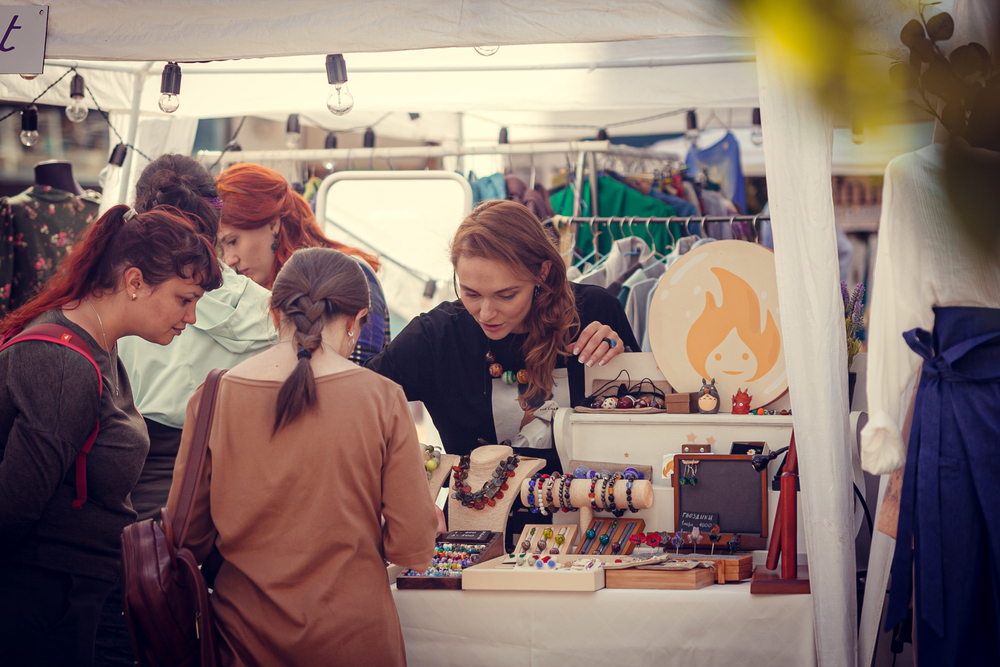
Another mistake when buying vintage accessories is neglecting to verify their authenticity. Counterfeit items, especially designer accessories, are unfortunately common in the vintage market. Without proper verification, you may end up with a fake piece that only resembles the original. It’s essential to understand how to authenticate the items, whether it’s checking for specific hallmarks, researching the manufacturer’s production process, or asking for third-party verification.
When considering a vintage purchase, make sure to ask for any certifications of authenticity and inspect the piece carefully for genuine marks or stamps. Many reputable sellers will provide proof of authenticity, and if they do not, it’s worth investing in an expert’s opinion to avoid buying counterfeit products.
Failing to Check for Repairs or Alterations

Vintage accessories can sometimes undergo repairs or alterations over time. While repairs can restore an item’s functionality, they can also affect its value. A common mistake is failing to check whether a vintage accessory has been altered or repaired. For example, a watch with a replaced band or a handbag with repaired stitching might not hold the same value as a completely original piece.
When buying vintage accessories, always inquire whether any repairs or alterations have been made. If the item has undergone significant changes, consider how these modifications may impact its value and whether they fit within your preferences. In some cases, alterations may enhance the item’s wearability, but they may lower its collectible value.
Not Considering the Fit or Size
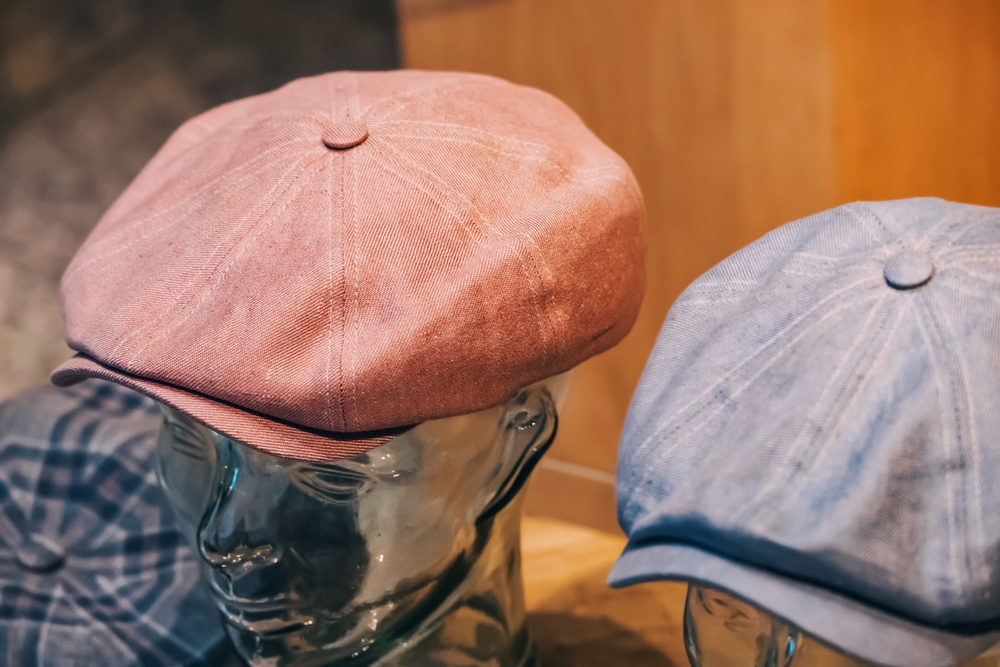
Vintage accessories, especially clothing and jewelry, may have sizing that is different from today’s standards. A common mistake is not considering whether the piece will fit you or your style. For example, a vintage ring may need resizing, or a vintage handbag may be too small for modern-day use. Ignoring fit or size could result in an accessory that is either uncomfortable to wear or impractical for your needs.
Always check the sizing of vintage accessories before purchasing, and consider whether they can be altered or adjusted to meet your needs. If buying clothing or jewelry, make sure it fits comfortably or can be resized or restructured without losing its vintage charm. This will help you avoid the disappointment of purchasing an accessory that doesn’t quite work for you.
This article originally appeared on Avocadu.
